Q54 Inland saline or brackish helophyte bed
This habitat includes helophyte beds developing in and around inland saline or brackish lakes, ponds and other standing or slowly flowing waters such as saline Mediterranean rivers that are subject to summer drying. The habitat may include, depending on the particular hydrological regime, emergent communities dominated by a variety of tall or tussocky species tolerant of brackish or saline conditions. It is distributed in both the continental part of Europe and the arid Mediterranean region, where it can dry out completely in the summer and become hyper-saline. Threats include land reclamation for agricultural and urban expansion, anthropogenic changes in hydrology, and the input of freshwater to serve waterfowl hunting or ecotourism in dry areas. Safeguarding the distinctive hydrology and controlling the spread of helophytes by grazing are the main conservation actions.
Chytrý M., Tichý L., Hennekens S.M., Knollová I., Janssen J.A.M., Rodwell J.S. … Schaminée J.H.J. (2020) EUNIS Habitat Classification: expert system, characteristic species combinations and distribution maps of European habitats. Applied Vegetation Science 23: 648–675. https://doi.org/10.1111/avsc.12519
Version 2025-10-03, https://doi.org/10.5281/zenodo.16895007.
For the official presentation of the EUNIS Habitat Classification from the European Environment Agency, please see: EUNIS Terrestrial Habitat Classification 2021. The FloraVeg.EU presentation may show modifications and partial updates to the habitat classification.
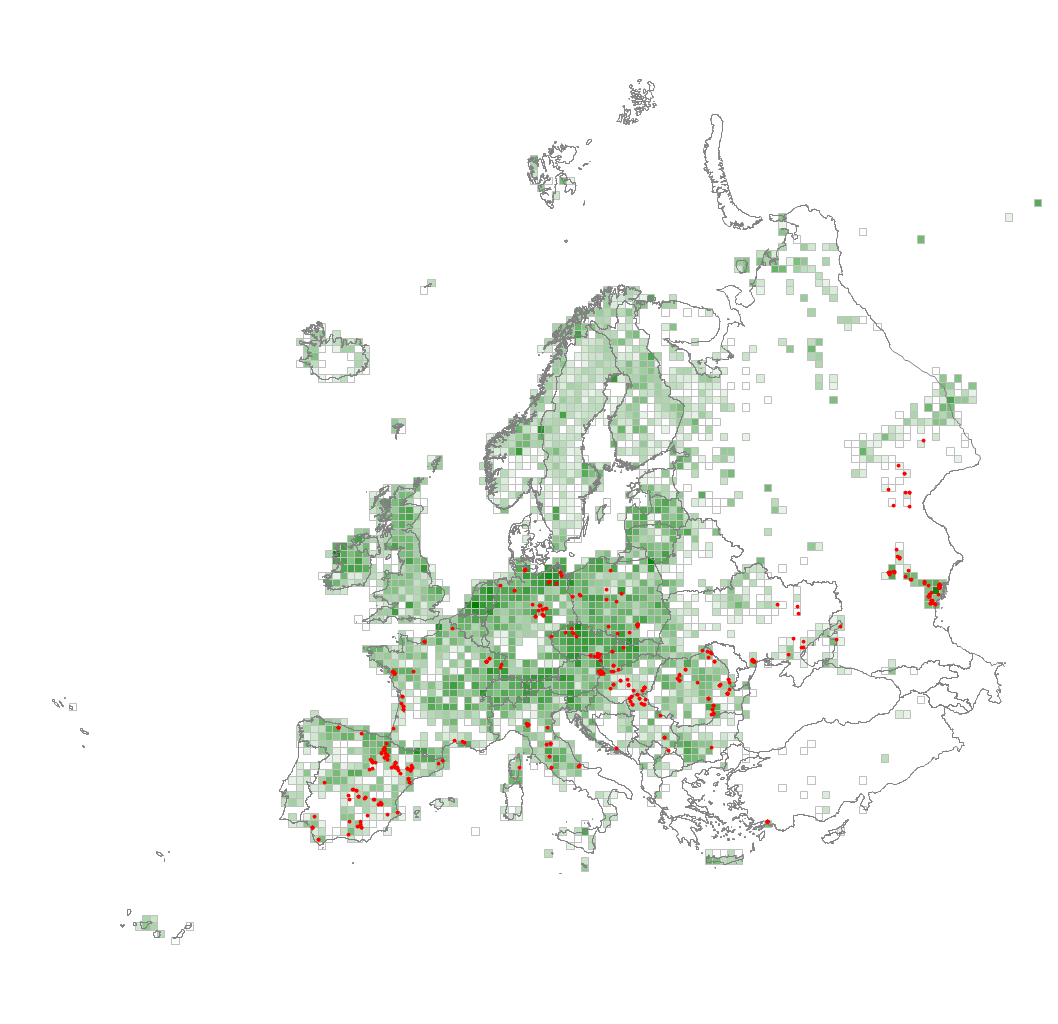

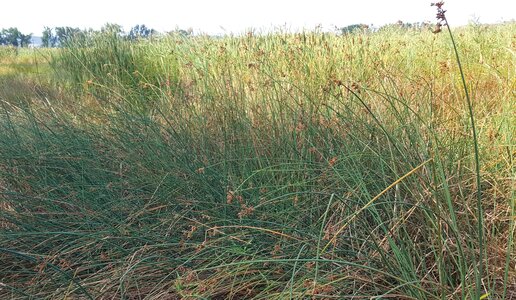
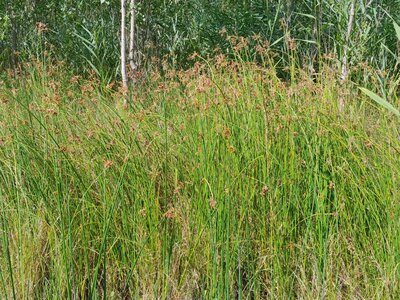

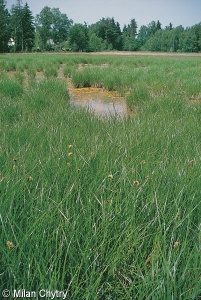
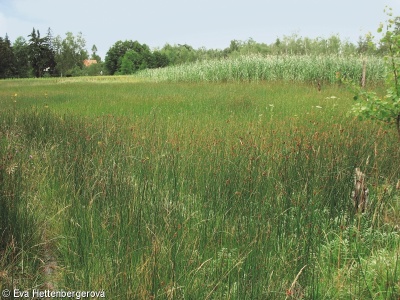
1.jpg)
3.jpg)
5.jpg)